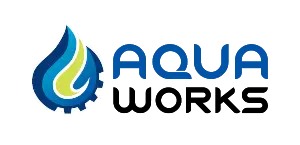Legionella in water
Legionella in your drinking water
The rod-shaped legionella bacteria are almost always present in natural water sources. In small quantities, they exist in seawater, rivers, reservoirs as well as in your bathtub. In low concentrations, they usually do not pose a health risk. Legionella only becomes a problem when they reach the lungs in high concentrations, for example, when steam contaminated with the bacteria is inhaled while showering or in a spa pool. Legionella, especially Legionella pneumophila, can cause Legionnaires’ disease, a severe form of pneumonia. In the worst case, this can lead to death.
But Legionella does not only exist in water. Traces of the bacteria can also be in the soil and potting mix. Hot water cylinders and air conditions are other common causes for the spread of this dangerous bacteria.
Get your water tested for Legionella
By taking a water sample from your tap water, you can easily detect Legionella in your water supply. Aqua Works has worked with a reputable laboratory that has carried out a comprehensive analysis for years. Our drinking water analysis tests your tap water for Legionella, coliform germs like E Coli, enterococci, heavy metals (e.g. aluminium, lead, manganese) hormones, fluoride, Giardia, pesticides, sediments, microorganisms, and other bacteria/ viruses.
If we discover Legionella or other contaminants in your drinking water, this is no reason to panic. A UV water filter or ozone tank water system will remove these contaminants in most cases. Our team has the long-term expertise to help you with these issues quickly and reliably. Our main goal is that you enjoy healthy and clean drinking water in your home.
Book a water test
Avoid Legionella in your drinking water and get your tap water tested. Therefore, book a free onsite consultation today and Aqua Works will help you to enjoy safe, pure and healthy drinking water!
Contaminant in your water: Legionella
What is the issue with Legionella in water?
Legionella, the cause of the so-called Legionnaires’ disease, can be a severe health hazard. Since its discovery in 1976 in the USA, it has broken out repeatedly in various places. Worldwide, deaths from Legionella in drinking water occur frequently. Also, in NZ, people are getting infected with the dangerous Legionella bacteria. Legions are bacteria that can trigger several diseases summed up as Legionellosis.
Legionella is rod-shaped bacteria. It can move independently due to its flagella. Legionella belongs to the gram-negative bacteria, which means enclosed in a protective capsule. This capsule prevents the bacteria from being eaten by white blood cells that fight infections. Therefore, Legionnaires’ disease can be severe and sometimes fatal.
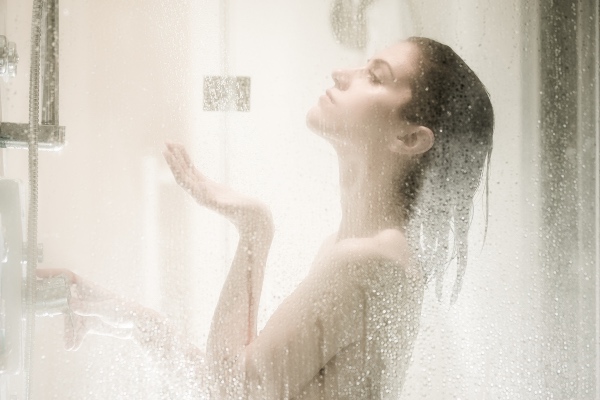
Excellent living conditions for Legionella in water
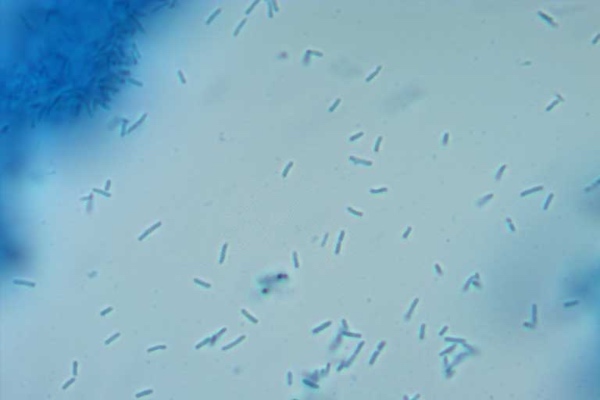
Legionella needs certain living conditions to be able to multiply. The bacteria live in water that has little movement (stagnant water). Under optimal conditions, they proliferate exponentially. However, Legionella is extremely sensitive to temperature and needs warm freshwater or saltwater. The bacteria favour a temperature range between 25 °C and 50 °C – above and below they are not viable. These conditions always present when hot water treatment occurs (hot water cylinder).
Additionally, there is also a risk in purpose-built water systems like water tanks, air-conditioning systems, bathtubs, showers and spa pools. Another threat lurks in water pipes with low abstraction. Legionella can also survive well in so-called biofilms, slimy accumulations of different bacteria on the wall of water pipes.
Legionella in water and Legionnaires’ disease
The disease mainly caused by Legionella is legionnaires’ disease. Infection occurs when the airborne bacteria, which are fine water droplets suspended in the air, are inhaled, such as in the shower or spa pool. The symptoms are similar to pneumonia with a severe fever, chest pain and breathlessness. People with weak immune systems, smokers and people with renal insufficiency (kidney weakness) are particularly susceptible to infections.
Pontiac fever is also a disease caused by Legionella, but it is less dramatic and does not involve pneumonia. It is similar to influenza and has never resulted in death. There is still no danger to life when you wash your hands or drink water contaminated with Legionella bacteria unless it ends up in your lungs by choking or coughing (1).
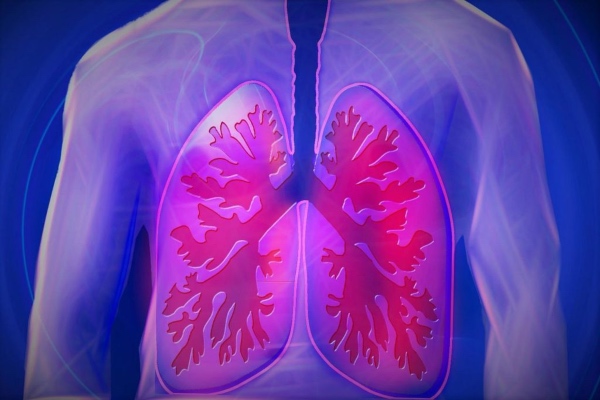
(1) Auckland Regional Public Health Service (2017). Legionellosis. 4.2.2022 retrieved from https://www.arphs.health.nz/assets/Uploads/Resources/Disease-and-illness/Legionellosis/Legionellosis-v1-20180927.pdf
Take a walk on the safe side
If you have any doubts that your household might be affected by the health-threatening Legionella in water, do not hesitate to contact us today to get an onsite water test.
How do Legionella bacteria get into your water supply?
Legionella in water is a dangerous species
The vast majority of the 56 Legionella species are harmless to humans. Only Legionella pneumophilia is responsible for life-threatening illnesses. However, L.pneumophilia is the most common species, accounting for almost 90% of all Legionella in our environment.
Legionella bacteria are widespread in all water systems, like lakes, rivers or the sea. However, in flowing water, the concentration is usually low. Equally, in purpose-built water systems, the amount of Legionella bacteria is typically low as the water moves quickly through the plumbing system. However, if the water sits too long in the water tank or pipes, the risk of exponential growth of Legionella bacteria in the water system will rise. Although there is still no danger to life because of washing hands or drinking the water, the bacteria are not harmful. Legionella needs to be inhaled with water vapour and thus enter the lung to trigger Legionnaires’ disease.
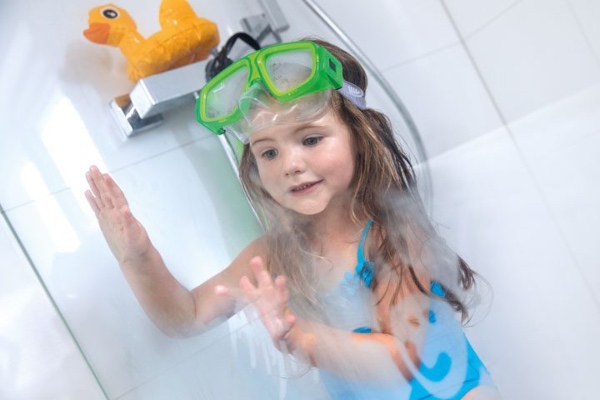
Sludge, organic matter and biofilms boosts Legionella in water
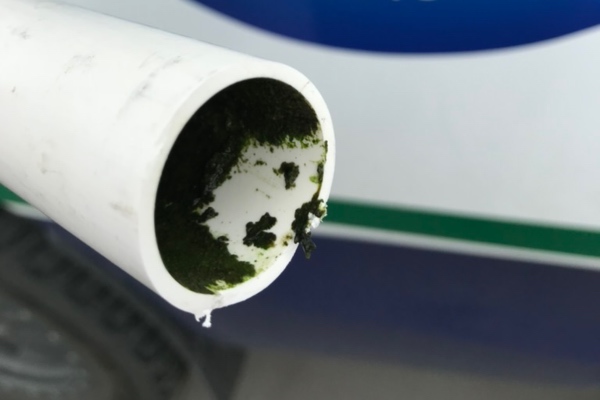
Legionella does not simply appear in the water – they are already there, in every pipe. However, as long as there are few, bacteria are not dangerous. You can only become ill if the bacteria multiply too much for some reason, i.e. if there are more than 100 CFU (colony-forming units) per 100 ml of water.
Therefore, the question must be: How do Legionella multiply in the water supply? The answer is Legionella love stagnant, warm water in the plumbing system and biofilm in the lines. Additionally, sludge, scale, organic matters, especially in the water tank, enhance the growth of Legionella. Consequently, the bacteria spread when previously sitting water containing Legionella is atomised, such as under the shower, through lawn sprinklers, air conditioners, humidifiers, and spa pools. And last but not least, the hot water cylinder can host millions of legionella bacteria.
What you can do to minimise the risk of legionella in water
Avoid standing water
When water pipes are not in use, the water sits in them. If this condition lasts longer than a few days, you must flush the lines before using them again. It is essential that you first run the hot water until it has reached its usual temperature and then the cold water until it comes out of the pipe really cold.
Calmed water inlet for your water tank
The main advantage of a calmed inlet in the water tank is that thorough mixing of the water supply takes place in the tank. It turns the water over inside the water tank and, at the same time, adds oxygen to your water. This way, it ensures that oxide water reaches the lower area of the tank. Thus, fine dirt particles settle at the bottom of the tank. Ultimately, the best possible water quality is provided by refilling the stored water entirely and regularly.
Keep an eye on the water temperature
Legionella multiplies best at temperatures between 25°C and 50°C. Therefore, the hot water produced in your pipes should have a temperature of about 60°C according to Building Code clause G12. This will not kill the legionella, but it will make it more difficult to multiply. On the other hand, the cold water should not be warmer than 20°C. Stale water is warmer than fresh cold water (hence the need for flushing). However, it is also essential that you insulate the cold water pipes. This way, the water in the lines cannot heat up on hot water pipes, heating pipes or a chimney.
Removing biofilm
Biofilm often develops at points in the plumbing system where the water flow is disturbed and deficient. Over time, a slimy layer of microorganisms settles in these places, eventually establishing itself as a solid biofilm. It is a veritable breeding ground for germs, microorganisms and viruses, which are then continuously released into the water and contaminate it. Rarely used lines, complicatedly laid water pipes or dead-ends without any water flow favour biofilm and consequently the growth of, e.g. Legionella bacteria.
Keeping water safe
If you are unsure whether there are dangerous germs, bacteria and viruses in your drinking water, don’t wait long and give us a call. We have many years of experience in the field of drinking water treatment.
Aqua Works has the answer for Legionella in your water supply
First Step: Legionella contamination – get your water tested
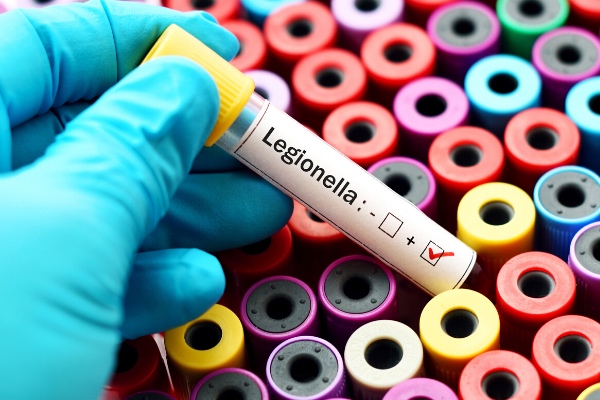
In case of an acute infestation of Legionella in the water system, you need to take fast action as there is a significant risk for your health. From our long-term experience, shock disinfection is an effective and immediate countermeasure to eliminate Legionella in the plumbing system. A specialist should carry out this measure to ensure that there is no bacteria left in your water system in any case.
If you are uncertain whether your water supply is affected by legionella and safe to drink, perform a water test and get clarity. We test for legionella, E coli bacteria and Giardia parasites. Call us today at 0800 AQUA UV to schedule an on-site appointment for our expert service team to get your drinking water tested.
Second Step: Minimise the Legionella risk in your rain harvesting system
Your water tank contains potential risks that can significantly affect the quality of your drinking water. Debris, sludge, biofilm and algae can build up in the tank and influence the growth of germs, viruses and bacteria. Therefore, it is even more critical that you regularly maintain and clean your water tank. From our experience, we recommend tank cleaning every 1-3 years. We work with excellent local companies. Call us, and we will put you in contact with our business partners.
In addition, the installation of pre tank filters such as Maelstrom and a calmed inlet will improve your water quality enormously.Talk to our service team on 09 425 60 80 and determine which options are best for your water tank and individual requirements.
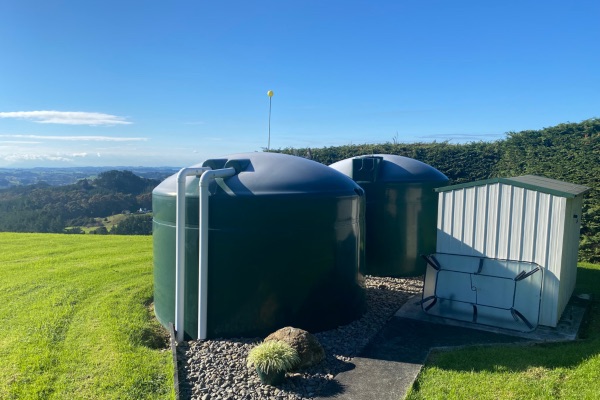
Third Step: Find a permanent solution to eliminate the risk of Legionella in water
UV filtration technology
Great conditions for Legionella in water
The most common problem in hot water is the proliferation of Legionella. The bacteria favours a water temperature between 25°C and 50°C. Especially in the summer month, the temperature in your storage tank and the water pipes can quickly rise above 20°C.
Furthermore, sludge and deposits in the water tank, incrustations in pipes and fittings, biofilms and stagnant water are essential as host organisms for Legionella. Bird poo from the rain collection roof may also contribute to the growth of Legionella in your water system.
What to do about Legionella in water?
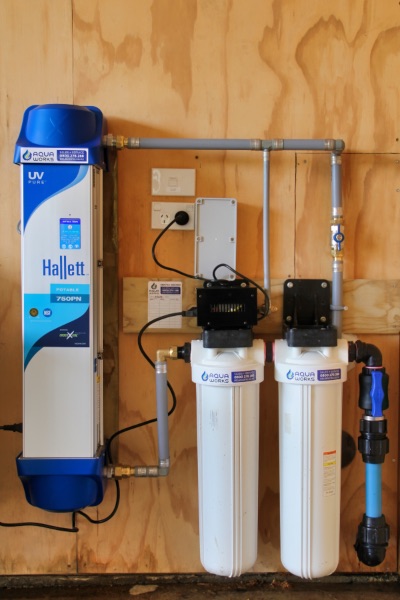
UV filter against Legionella in water
UV disinfection of drinking water is a safe process that has been proven worldwide for a long time. A UV filtration system safely inactivates parasites such as Cryptosporidia and Giardia, E.coli, and Legionella bacteria. However, there are several things to consider when combating Legionella with a UV filter. Our service team will come for an onsite visit to advise you on the best UV filter options regarding water turnover and capacity.
Give us a call and talk to our experts. We ensure that the system meets your requirements and that no further Legionella infestation will occur in the future.
Ozone tank water treatment
Ozone water tank treatment to combat Legionella in water
Modern drinking water treatments use ozone for disinfection and oxidation. Ozone water treatment represents an effective and safe way to treat water while removing pathogens and contaminants. Due to its high oxidation potential, ozone effectively degrades microbes and viruses by breaking down the cell membrane and decomposing the essential biomolecular components, e.g. bacteria.
Therefore, ozone water treatment is effective against Legionella in your rain harvesting systems such as tank water and water pipelines.
What is the next step with Legionella in tank water?
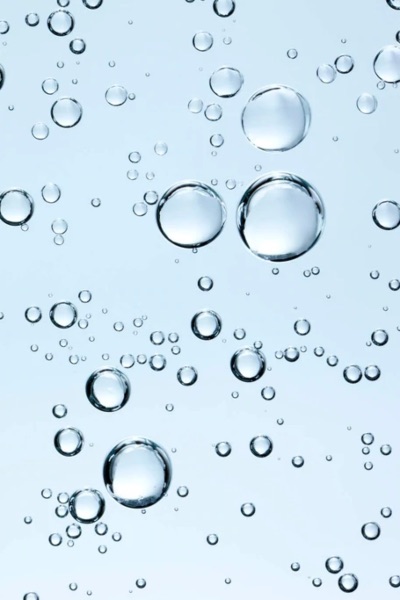
AquaZone ozone system for Legionella in water
If you have low or, in the worst case, stagnation in your water tank, this is an extreme contributor to the development of Legionella in your water system. Our AquaZone Ozone system rapidly and effectively activates Legionella in your tank water. This permanent solution offers safe and potable drinking water all year round.
Call us today! Ozone water treatment is a complex process, and our expert team will talk you through the best options for your individual needs. Our goal is to keep you and your family safe by enjoying healthy and clean drinking water from every tap in your home!
How to test for Legionella in water
Get your water tested today to eliminate the chances of a Legionella contamination of your drinking water. Call us on 0800 AQUA WORKS and our team will help you to be on the safe side and enjoy healthy water.
Water is the elixir of life and our passion
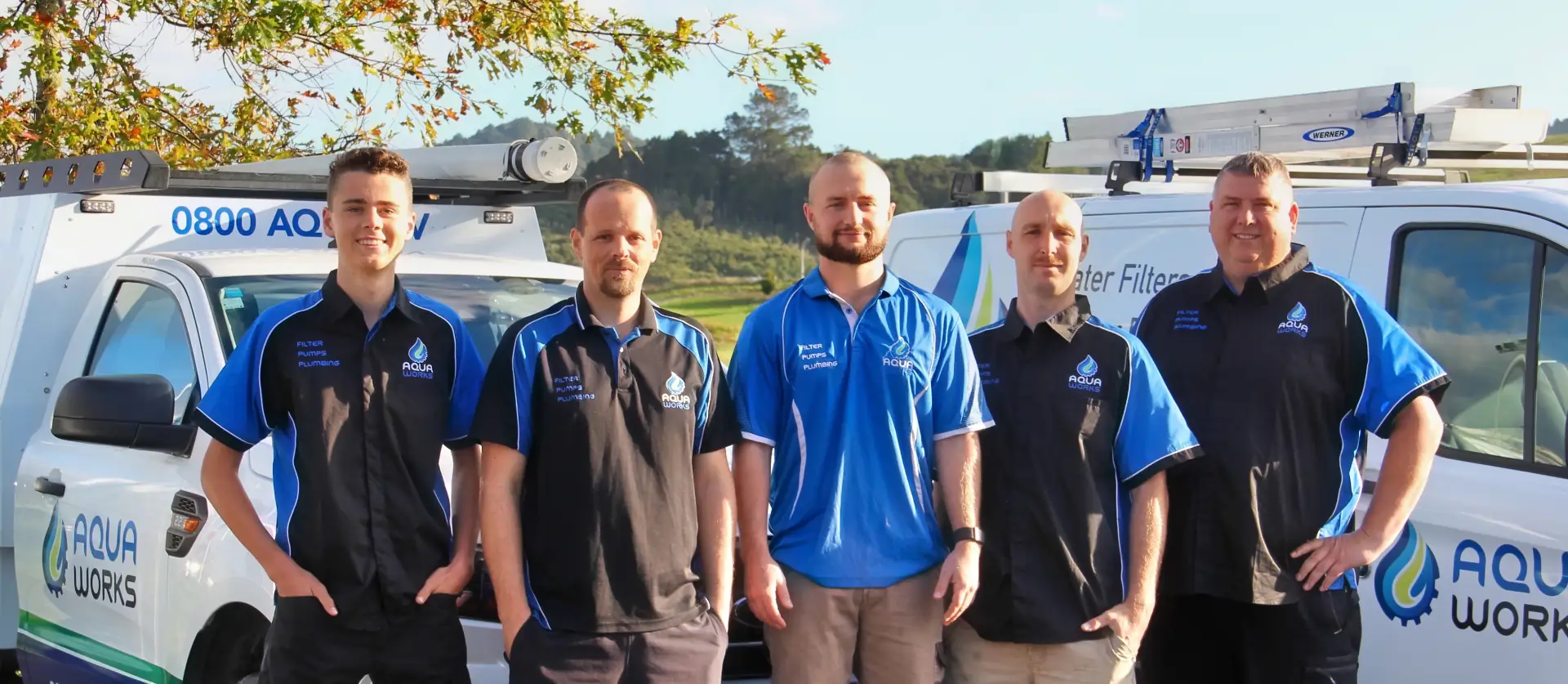
Exceptional support for our water filtration customers
20+ years of experience in Rodney means Aqua Works is your local water filtration expert. Our knowledge of the community and the region we live in, combined with our passion for clean drinking water, is the foundation for our daily work. We offer customised water solutions supporting you to meet your personal needs and individual budget. Our connected, smart product range enables you to master the water in your home. At the same time, it ensures the best purification of your water for healthy, tasty water enjoyment.
As a purpose-driven, local family business, we support you in your decision making by sharing our knowledge about your water resources. This way, we help you to be informed, so you can make great decisions empowering your families health and well being. The protection and provision of safe, potable drinking water in our lives is paramount to all of us. Aqua Work’s water filtration systems, UV filter purification, water treatment, ozone systems, and water pumps give you peace of mind to have a quality trusted, safe system.
Going the extra mile at Aqua Works is what we do to ensure your water is healthy and fit for its purpose. Hence, all our water treatment products are field tried-and-tested, including innovative products and solutions. Do you need help with UV filters, water filtration systems and water pumps or our high-quality UV filter service, water pump repairs or water pump service? Give us a call today at 0800 AQUA WORKS. As we often say, “If you don’t have a filter – You are the filter”.
And if something happens spontaneously, call our 24/7 water pump emergency service at 0212 787 427. We will take care of your problem immediately and make sure that the water in your home is running again as quickly as possible.
